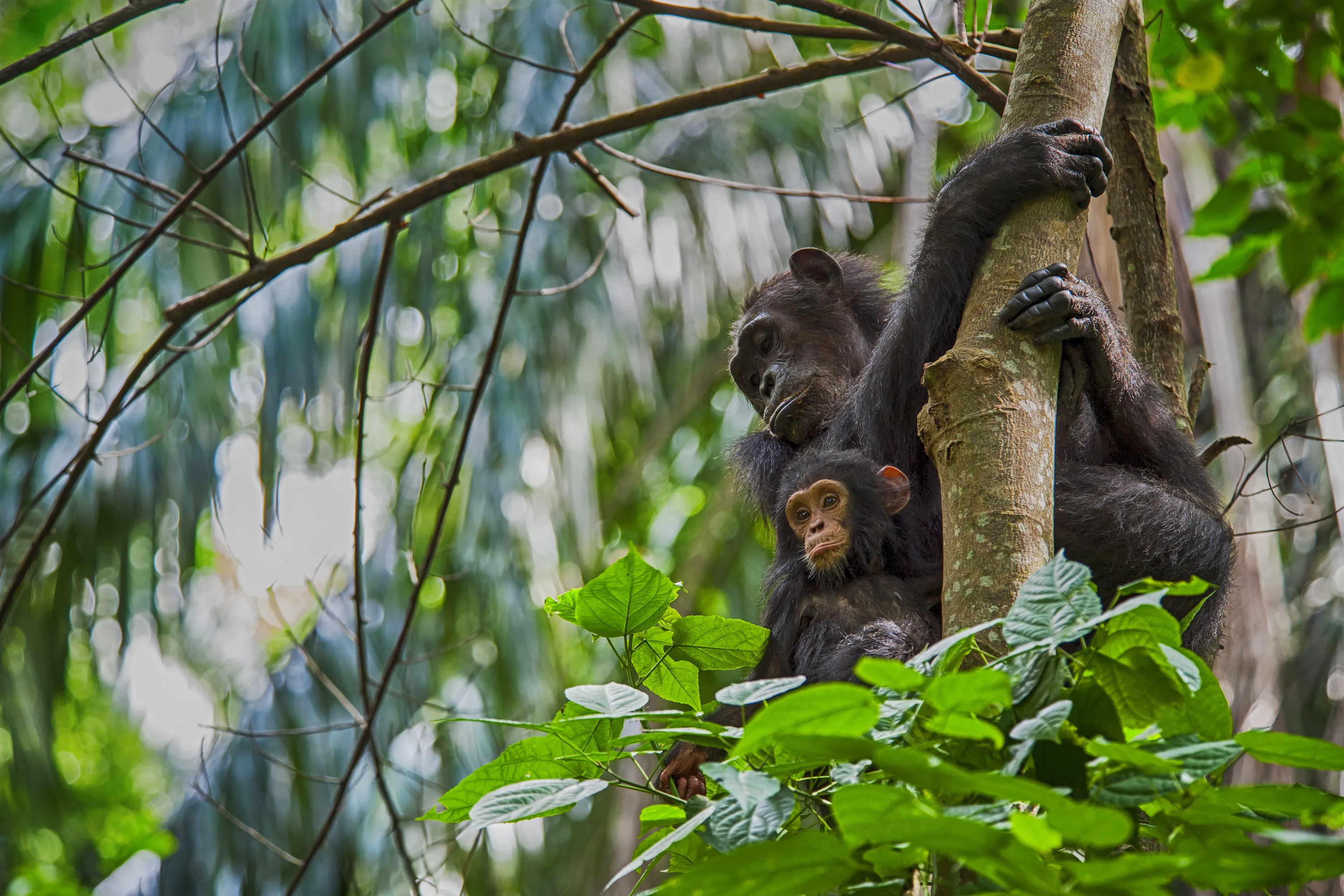How Dr. Jane Goodall’s Work Relates to Standards

Through nearly 60 years of groundbreaking work, Dr. Jane Goodall not only showed us the urgent need to protect chimpanzees from extinction but redefined species conservation to include the needs of local people and the environment. Her work revolutionized the way we understand primates, human behavior, and the boundaries between humans and animals. While Dr. Jane Goodall is renowned for her groundbreaking ethological research, what is often overlooked is how her work exemplifies many principles that standards aim to uphold: accuracy, traceability, and consistency.
Who Was Dr. Jane Goodall?
When we think of trailblazing scientists who changed the way we see the natural world, Dr. Jane Goodall stands out as one of the most iconic figures in modern science. Known worldwide for her groundbreaking work with chimpanzees, Goodall’s story is not only one of scientific discovery but also of empathy, persistence, and a deep commitment to conservation.
Dr. Jane Goodall and the Chimpanzee Who Changed Science Forever
Dr Jane Goodall was a British primatologist, ethologist, and anthropologist, renowned for her groundbreaking work with chimpanzees in Gombe Stream National Park, Tanzania in 1960. When asked “What led you to Africa in the first place,” Goodall remarks:
“I fell in love with Africa at the age of eight, after reading about how Doctor Dolittle rescued animals form the circus and took them back to Africa. I was determined to go to Africa and live with wild animals and write books about them even then.”
Dr. Louis Leakey, a world-renowned anthropologist, send Goodall to Tanzania to study eastern chimpanzees (Pan troglodytes schweinfurthii) at Gombe National Park. He felt that her passion and knowledge of animals and nature as well as her high energy, made her an exceptional candidate to study the chimpanzees. At 26 years old, Goodall arrived by boat to Gombe with her mother, Vanne, and she had just six months to achieve her objectives: find, observe, and record the behavior of the Gombe chimpanzees.
How Dr. Jane Goodall Revolutionized Primate Research
Goodall took an unorthodox approach in her field research, immersing herself in the habitat and lives of chimpanzees in order to experience their complex society as a neighbor rather than a distant observer. An older chimpanzee−whom Jane named David Greybeard (the practice of naming one’s study subjects was at this time taboo in ethology and the common approach was using a numbering system)—began to allow Goodall to watch him. As a high-ranking male of the chimpanzee community, his acceptance meant other group members also allowed Jane to observe. As such, Goodall was able to understand chimpanzees not only as a species, but also as individuals with emotions, personalities, and long-term bonds.
What Scientific Methods Did Jane Goodall Use?
Jane Goodall used naturalistic observation as her primary scientific method. Naturalistic observation involved patiently observing chimpanzees in their natural habitat, which helped foster trust (habituation). She also meticulously documented the chimps’ behaviors over decades, gathering authentic data about their complex lives in the wild. Goodall’s scientific approach was thus characterized by immersion in the chimp’s world.
Her pioneering use of naturalistic observation to study chimpanzees can be related to modern standards in observational data collection, such as ISO 19156, which provides a common framework for data producers and users to share and understand observation data, such as water quality or agricultural data. In essence, Goodall’s scientific method of naturalistic observation relates to what ISO 19156 now enables at scale: capturing complex, real-world phenomena in a consistent and interpretable format, making long-term, cross-disciplinary analysis possible.
Jane Goodall’s Discovery of Tool Use in Chimpanzees Redefined Humanity
Without a formal scientific background, Goodall discovered that chimpanzees made and used tools—once thought to be a uniquely human trait. It was David Greybeard whom Jane first witnessed using tools, such as sticking blades of stiff grass into termite holes to extract termites.
Her work also revealed that chimpanzees are omnivores, not herbivores, and they exhibit emotions and possess complex social behaviors—insights that challenged the boundaries between humans and animals. Goodall went on to become an advocate for conservation, human rights, and animal welfare—including stopping the use of animals in medical research.
Jane Goodall and Animal Welfare
In the second phase of Goodall’s career, she gave up her field work in Tanzania and stepped onto the global stage to become the world’s foremost advocate on behalf of animals and the planet. Jane Goodall was ahead of her time in advocating for animal welfare. Her work inspired ethical reforms in both field and laboratory research.
She pushed for humane treatment of animals, mirroring principles found in ISO 26000 (Guidance on Social Responsibility) and bioethics standards like ISO 10993-1, which address the biological evaluation of medical devices and animals. Furthermore, Goodall’s emphasis on conservation is similar to concepts found in ISO 14001 (Environmental Management Systems), though she applied these principles before this international standard was first published.
From Cambridge to Global Impact: Jane Goodall’s Journey to Founding JGI and Roots & Shoots
In 1961, Goodall was one of the few students accepted into a PhD at Cambridge without an undergraduate degree. Dr. Jane Goodall earned her Ph.D. on February 9, 1966, and she continued to work at Gombe for the next twenty years.
To promote the understanding and protection of great apes, in 1977,Goodall established the Jane Goodall Institute (JGI), a non-profit wildlife and conservation organization in Washington DC. Furthermore, in 1991, Goodall founded Roots & Shoots, a global program that empowers young people in nearly 60 countries to be agents of change by participating in projects that protect the environment, wildlife, or their communities. Roots & Shoots has greatly impacted youth in over 100 countries to act as the informed conservation leaders that the world so urgently needs.
Jane Goodall’s Legacies
Goodall’s awards and honors include:
- Dame Commander of the Order of the British Empire (DBE)
- UN Messenger of Peace
- Numerous honorary degrees and international prizes for peace and environmental work
But perhaps her greatest legacies include empowering women in science and the shift she inspired: a movement that sees animals as sentient beings, ecosystems as interconnected, and science as a human endeavor rooted in compassion. In doing so, Goodall set a new standard for the study of apes in the wild: experience their complex society as a fellow neighbor instead of a remote observer.






